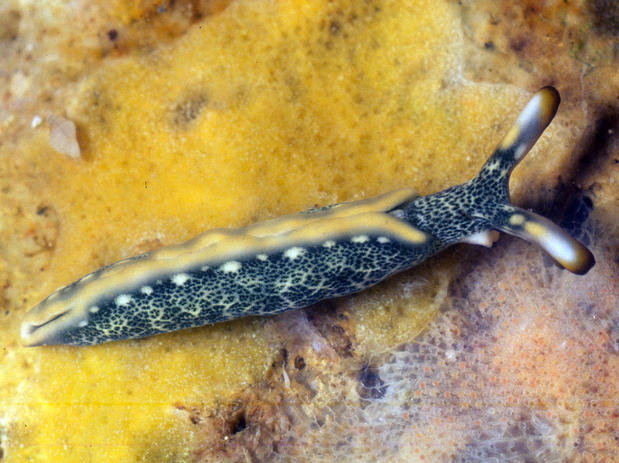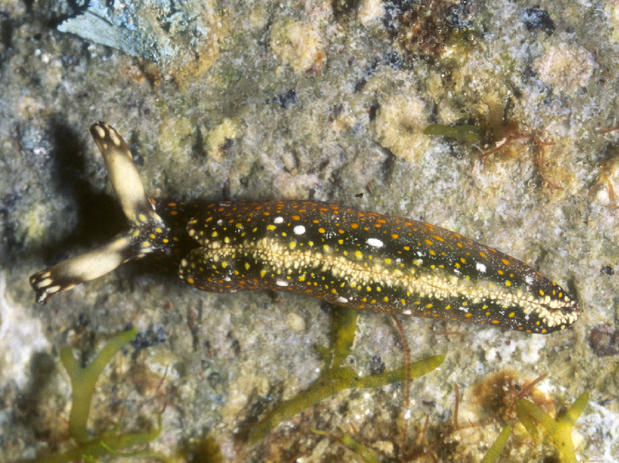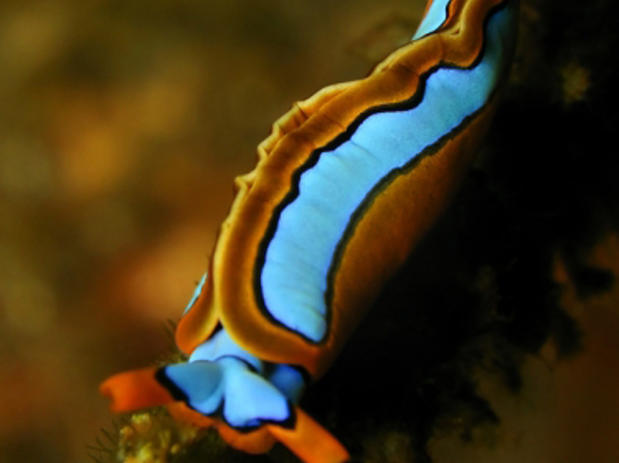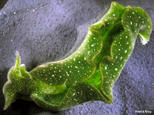Welcome to Cataloging Diversity in the Sacoglossa
The Sacoglossa is an order of mostly herbivorous shelled and naked sea slugs (~400 described species) that peaks in diversity in the tropical Pacific and Caribbean (Jensen, 2007; Jensen, 1996). A growing research community uses these molluscs as model organisms for studying dispersal, kleptoplasty, larval development, symbiosis, and marine speciation. Many sacoglossan sea slugs retain photosynthetically active chloroplasts from the algae they eat, incorporate extra-embryonic resources into their egg masses (Allen et al., 2009), and a few taxa can produce both pelagic planktotrophic (feeding) and lecithotrophic (intracapsularly metamorphosing ) larvae-- a rare phenomenon called poecilogony (Krug, 2009; Krug et al., 2007). Some even have bivalved shells! Despite the widespread interest in their biology, sacoglossans have received little attention by systematists. It is therefore not surprising that faunal lists typically underestimate sacoglossan diversity (Trowbridge et al., 2009; Gosliner et al., 2008; Carlson and Hoff, 2003). The goal of this Scratchpad is to integrate sacoglossan biological information and provide a valuable and authoritative resource to professional scientists, teachers, and amateurs.
Feel free to contact me to add images, comment on submissions, or become part of this Scratchpad (jannvendetti [at] yahoo.com)
Recently Added Literature
-
Sarah Miller - 2014-08-20
-
Sarah Miller - 2014-08-20
-
Sarah Miller - 2014-08-20
Recently Added Taxon Descriptions
-
Jann Vendetti - 2014-08-20
-
Jann Vendetti - 2014-08-20
-
Jann Vendetti - 2014-08-20








